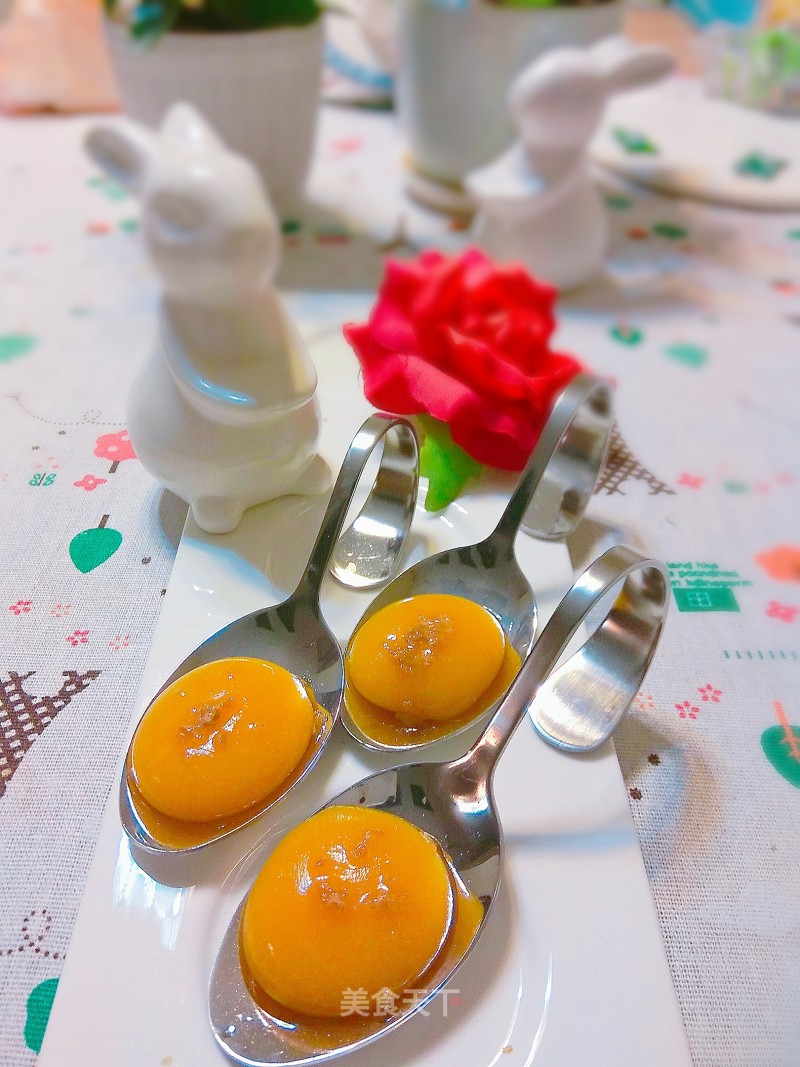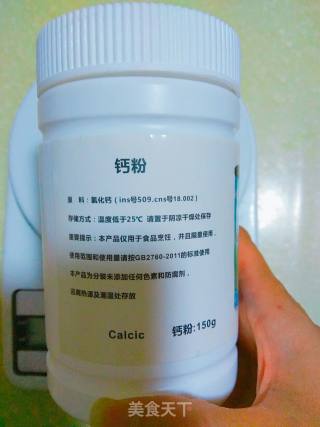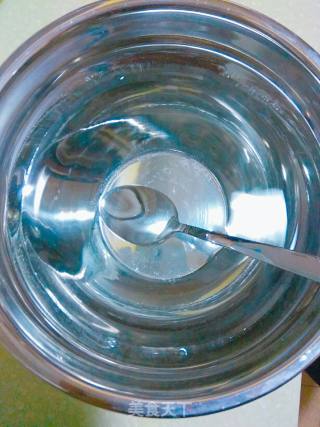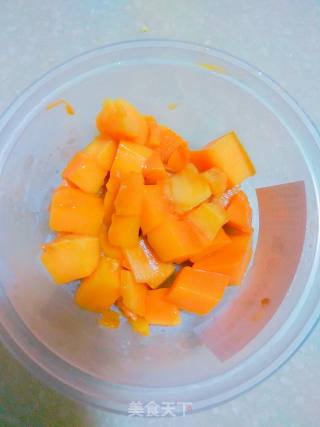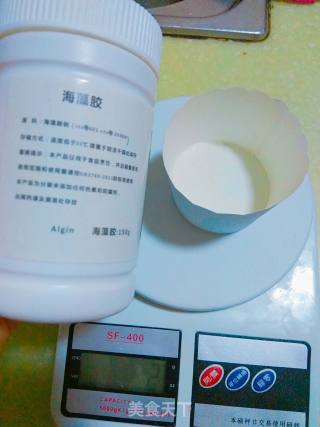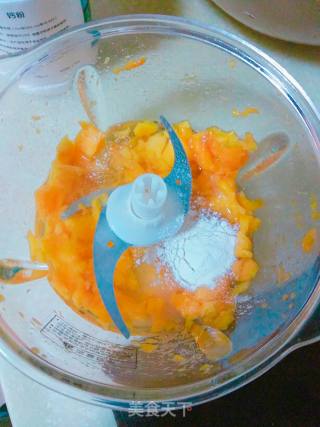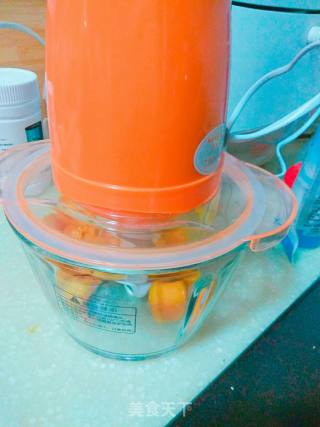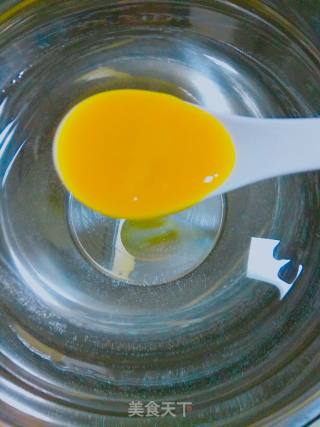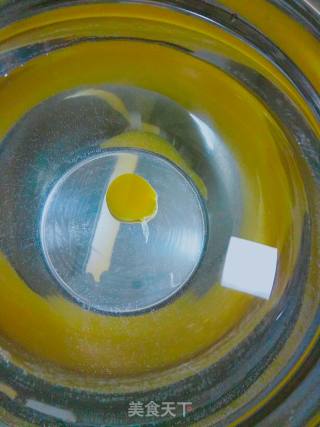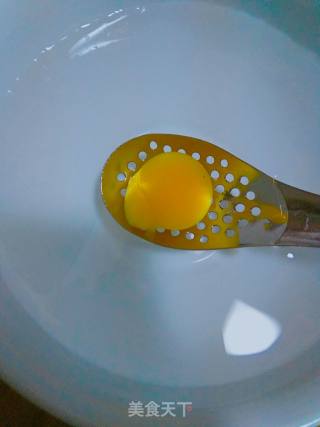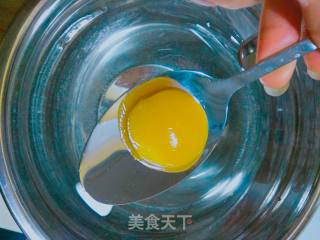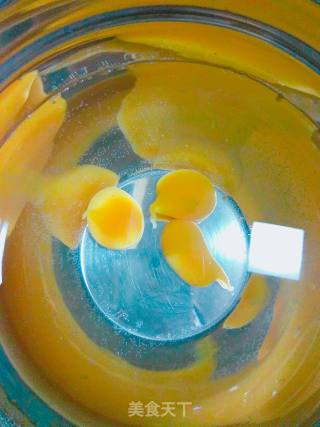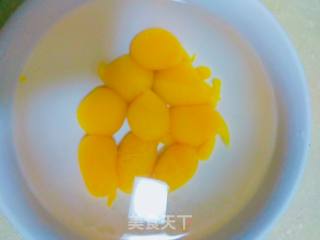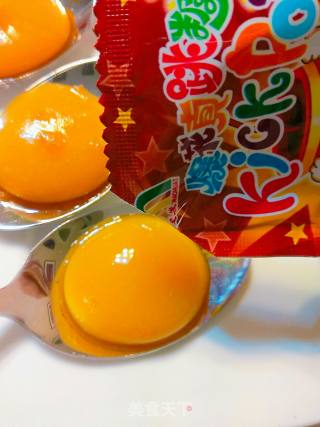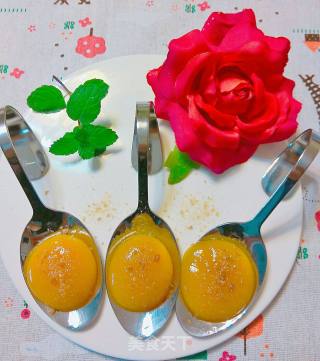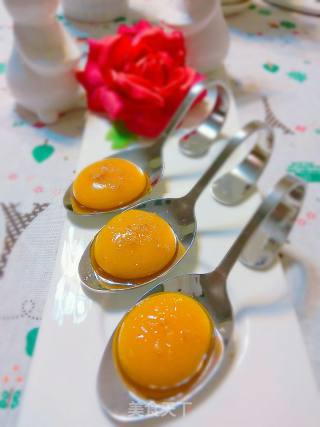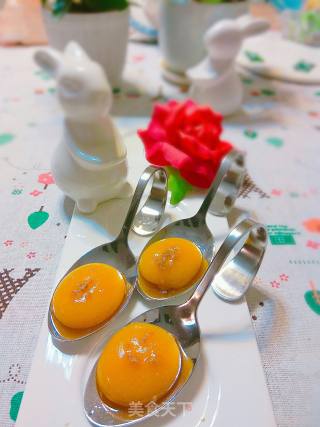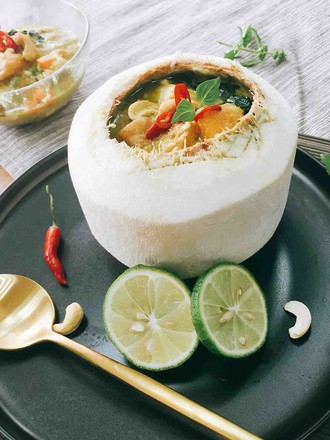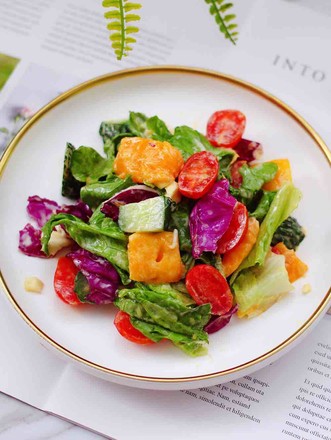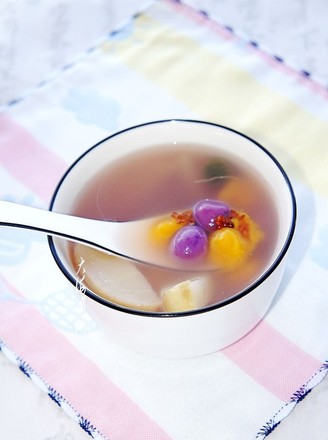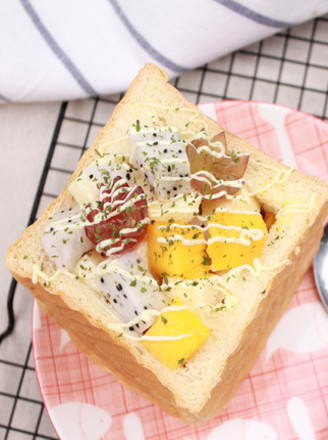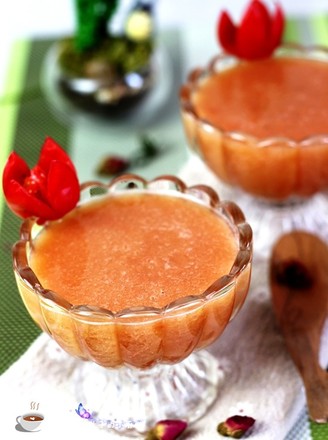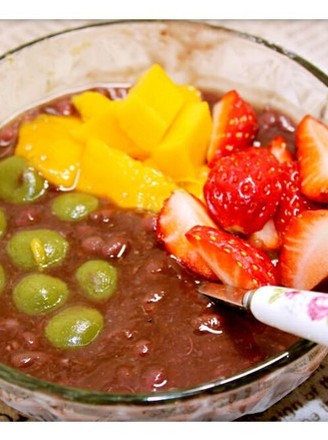Molecular Cuisine --- Fried Mango Egg
1.
Calcium powder.
2.
Calcium powder weighs 6g.
3.
Dissolve in 1000ml water and set aside.
4.
Mango flesh (we weighed 160 flesh).
5.
Weigh 2g of seaweed gum.
6.
Put the mango flesh in the food processor, pour in the weighed seaweed gum, add white sugar, and add 100ml of purified water.
7.
Beat well, pour into a bowl and put in the refrigerator for 20 minutes to defoam. The longer the refrigeration time, the more thoroughly the surface defoams.
8.
Spoon a spoonful of mango puree and pour it into the calcium water.
9.
It became a sphere after entering the water.
10.
Flip the mango ball gently to form a film evenly on each side. The calcium water intake time is about 15 seconds.
11.
Scoop it up and put it in clean water to remove the calcium flavor on the surface of the mango balls.
12.
Pour into a spoon and prepare for serving.
13.
Repeat the above steps to scoop the mango puree into the calcium water.
14.
After the film is formed, scoop it into clean water to remove the calcium taste.
15.
Sprinkle popping candy on the surface of the mango balls after serving.
16.
decoration. Finished product.
17.
Finished product.
18.
Finished product.
Tips:
1. When scooping mango puree into calcium water, if there are spherical tableware, it is easier to become spherical. I use the spoon. Pay attention to skills when entering the water, otherwise there will be long tails. If you have a small tail, it’s okay. You can reshape it when you put it into the spoon and set the plate, but the action must be gentle and don’t break the surface film. Generally, you can master it by doing a few more.
2. I added white sugar to the mango or not. It depends on personal taste.
3. It can also be made with other fruits or juices, but don't make it acidic. If it is acidic, sodium citrate needs to be added, otherwise it cannot be shaped.
4. The caviar method is the same as above. It's just that the equipment that needs to be scooped is different. I still made some with a soup spoon, dripping it in bit by bit, which took a little longer. No photos, see you tomorrow for breakfast. 😄

